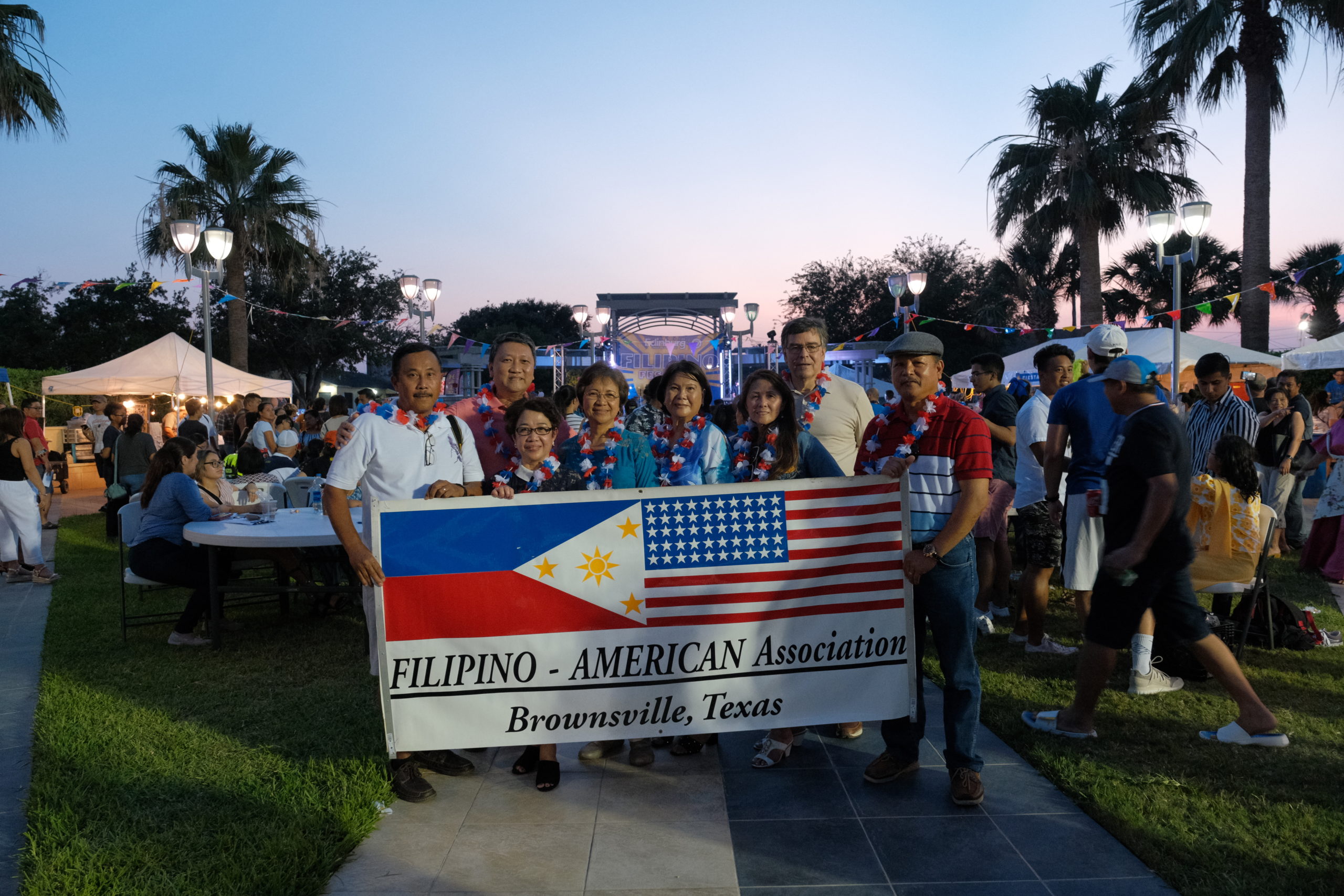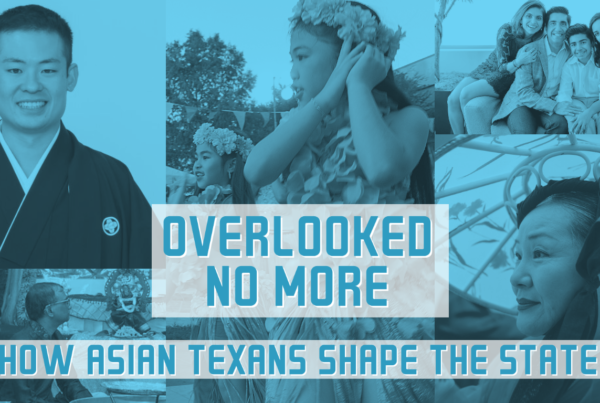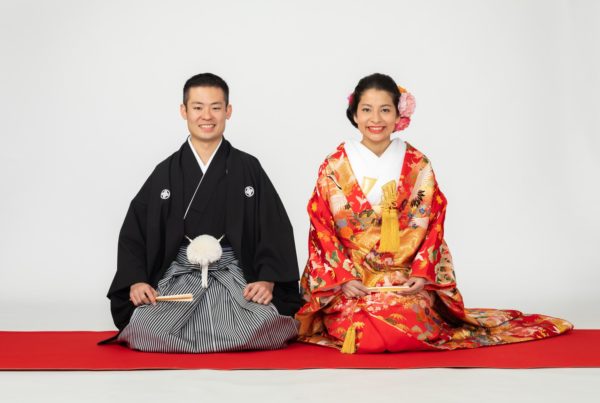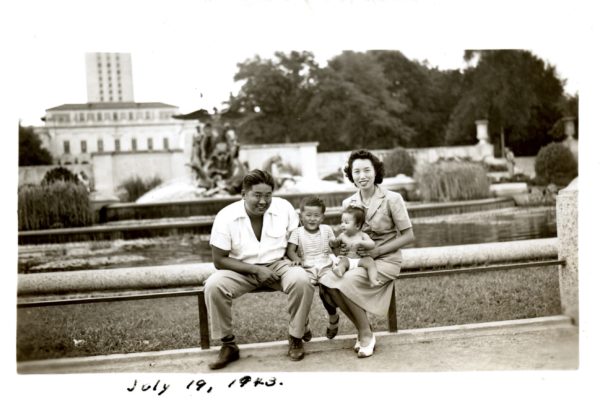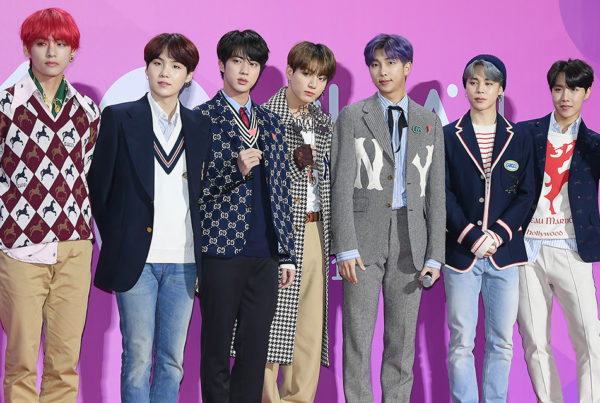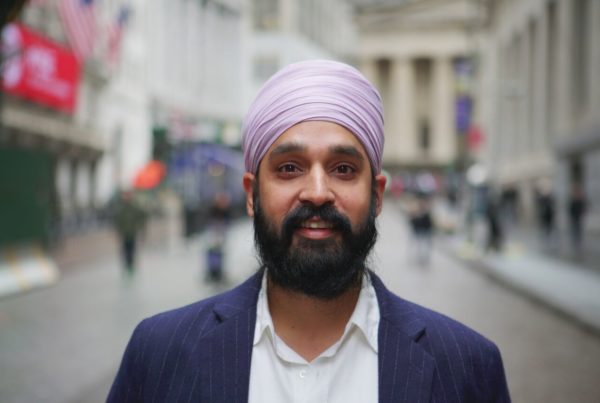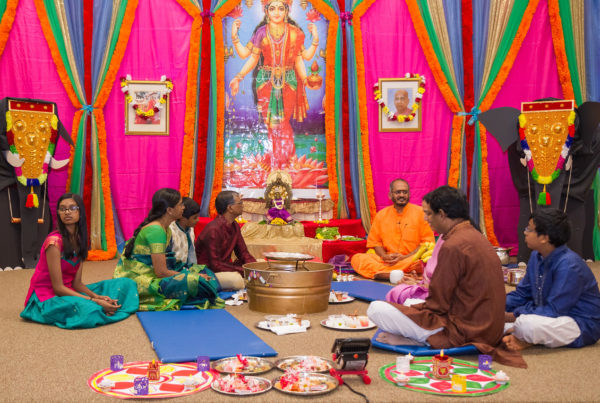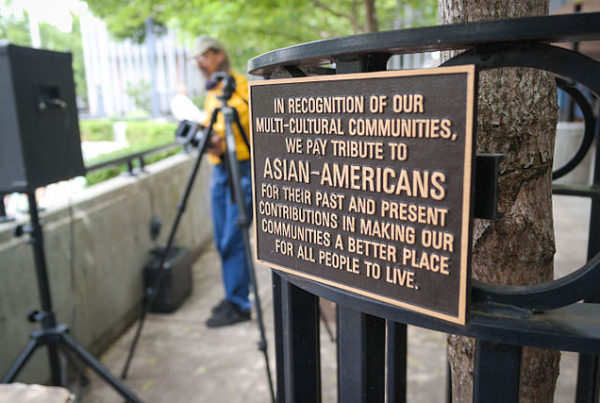When Neil Patrick Surio first sat in the cafeteria at his new U.S. high school, he looked around and felt confused.
“I was like, why is everyone so brown?” he said. “And then a couple of people sat close, next to me, and then they started speaking Spanish. I’m like, what’s really going on? I thought I was in the U.S.”
This was 2009. At age 14, Surio had moved with his family from the Philippines. And his first American high school was in McAllen, a city in Texas’ Rio Grande Valley, at the South Texas border.
“It was kind of weird because, again, like, I kind of had this idea of the United States being, you know, like, majority Anglo,” he said.
The Rio Grande Valley, or RGV – a region that comprises four counties and over 4,000 square miles – is about 92% Hispanic.
Surio’s family came to McAllen because it’s where his new stepfather had a children’s physical therapy clinic. At first, he experienced culture shock, but then he began to see the many similarities between Filipino and Hispanic cultures.
“Maybe because of my background in history, I see these patterns,” he told Texas Standard. “Like, I could literally transplant the lived experiences I had in the Philippines back over here to the Valley, and it still somewhat makes sense to me as a Filipino immigrant.”
Common threads include language, a strong sense of community, Catholicism, names and food. Once Surio grew up, he realized the link between it all was Spanish colonization.
“When I moved to Central Texas, that’s when I started forming this kind of opinion that the Valley is a colonized space, just like how the Philippines is still a colonized space,” he said.



